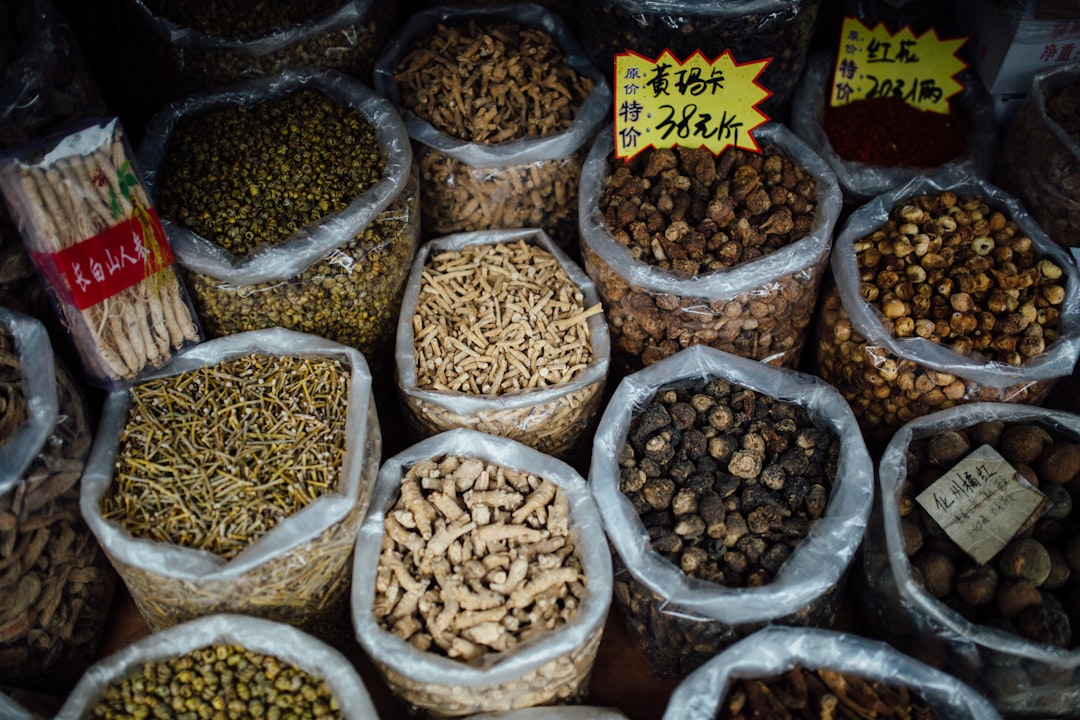What is it about?
Diabetes is a rising disorder that affects millions of people annually. It also creates more complications, such as neuropathy, oxidative stress, and hepatic and kidney impairment. Aphanamixis polystachya plant, which possesses multiple medicinal values, is used in this study to explore its potential in treating diabetes.
Featured Image

Photo by Girl with red hat on Unsplash
Why is it important?
Our results demonstrated a significant decrease in blood glucose () and HbA1c () levels in the diabetic animal after administering AP (250 and 500 mg/kg doses) compared to the control groups. AP can also regularize lipids, glycogen, alanine aminotransferase, and aspartate aminotransferase. Furthermore, serum urea nitrogen and creatinine decreased after treatment with AP in diabetic rats. AP also reduced oxidative stress markers and showed a substantial elevation in antioxidant enzymes in diabetic animals. Overall, AP at 500 mg/kg revealed comparable results against the standard antidiabetic drug glyburide. Besides, the histological investigation showed the AP’s efficacy in attenuating kidney tissue inflammation and damage. HPLC data elucidated that the AP leaf extract contains polyphenols with potential antioxidant, antidiabetic, and organ protective agents: gallic acid, rutin hydrate, and quercetin hydrate.
Perspectives
Taken together, AP may be one of the potential sources of antidiabetic agents.
habilitated doctor, chemist Monica BUTNARIU
University of Life Sciences "King Mihai I" from Timisoara
Read the Original
This page is a summary of: Polyphenol-Standardized Aphanamixis polystachya Leaf Extract Ameliorates Diabetes, Oxidative Stress, Inflammation, and Fibrosis in Streptozotocin-Induced Diabetic Rats, Journal of Food Biochemistry, January 2024, Hindawi Publishing Corporation,
DOI: 10.1155/2024/9441968.
You can read the full text:
Resources
Contributors
The following have contributed to this page










